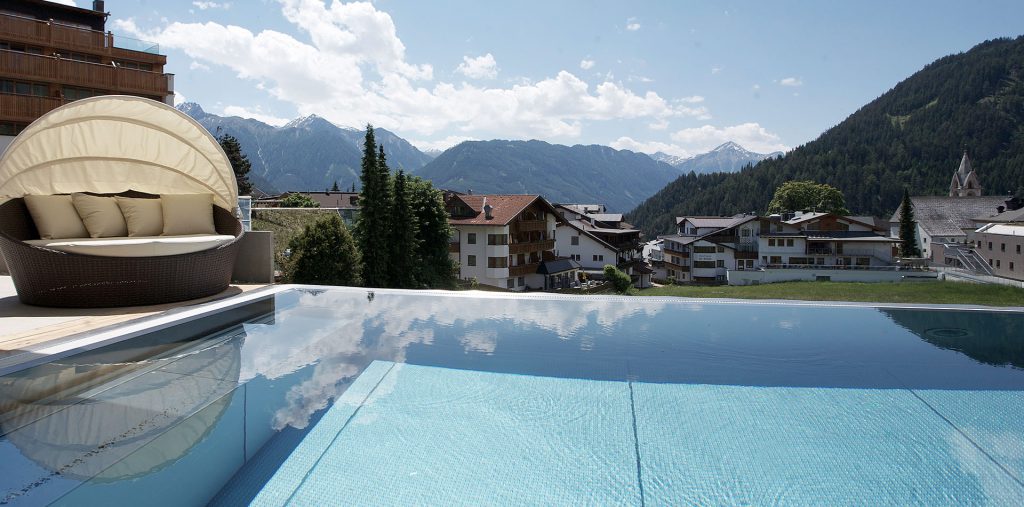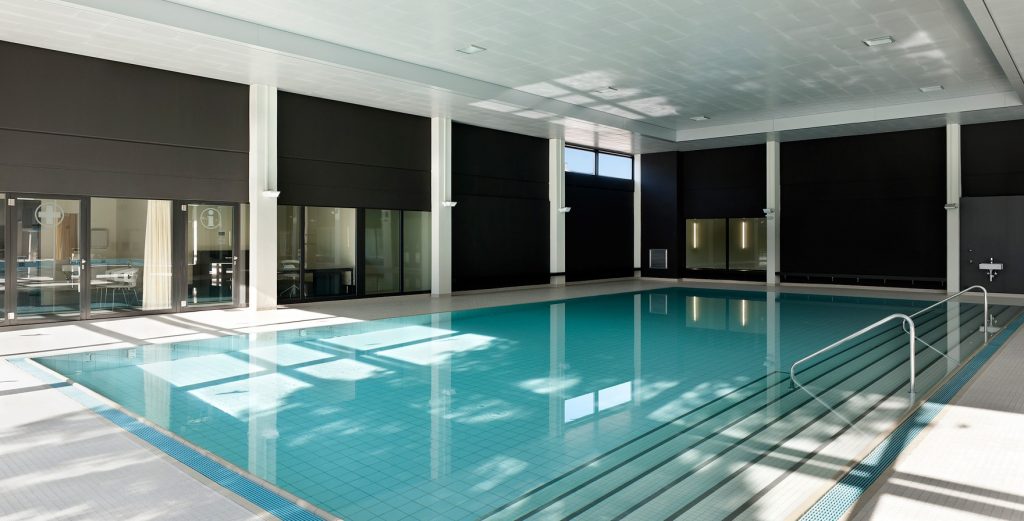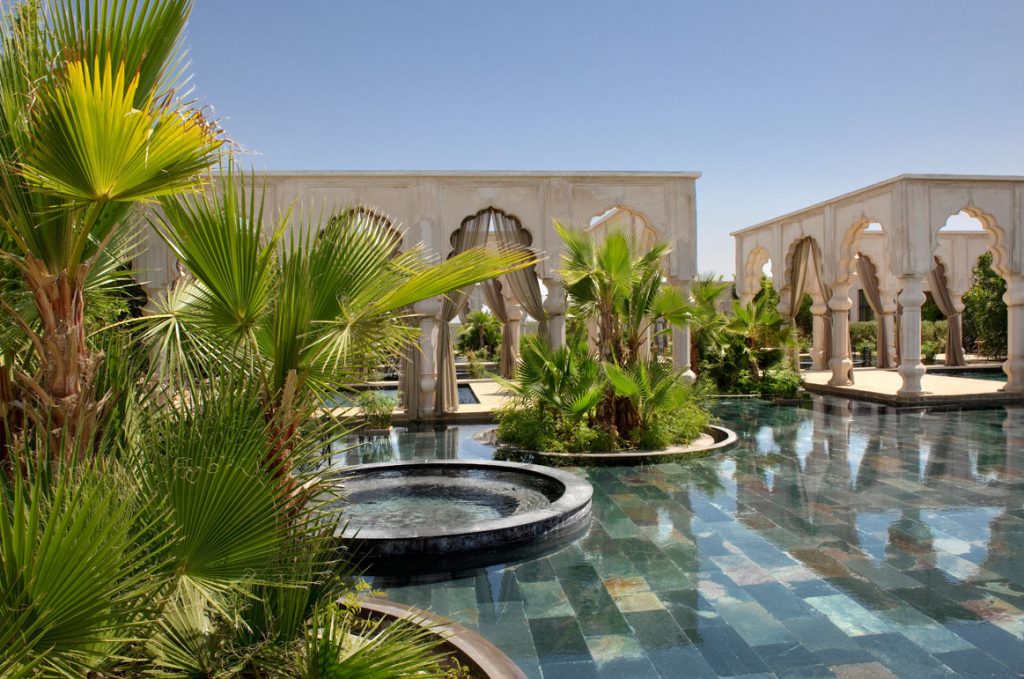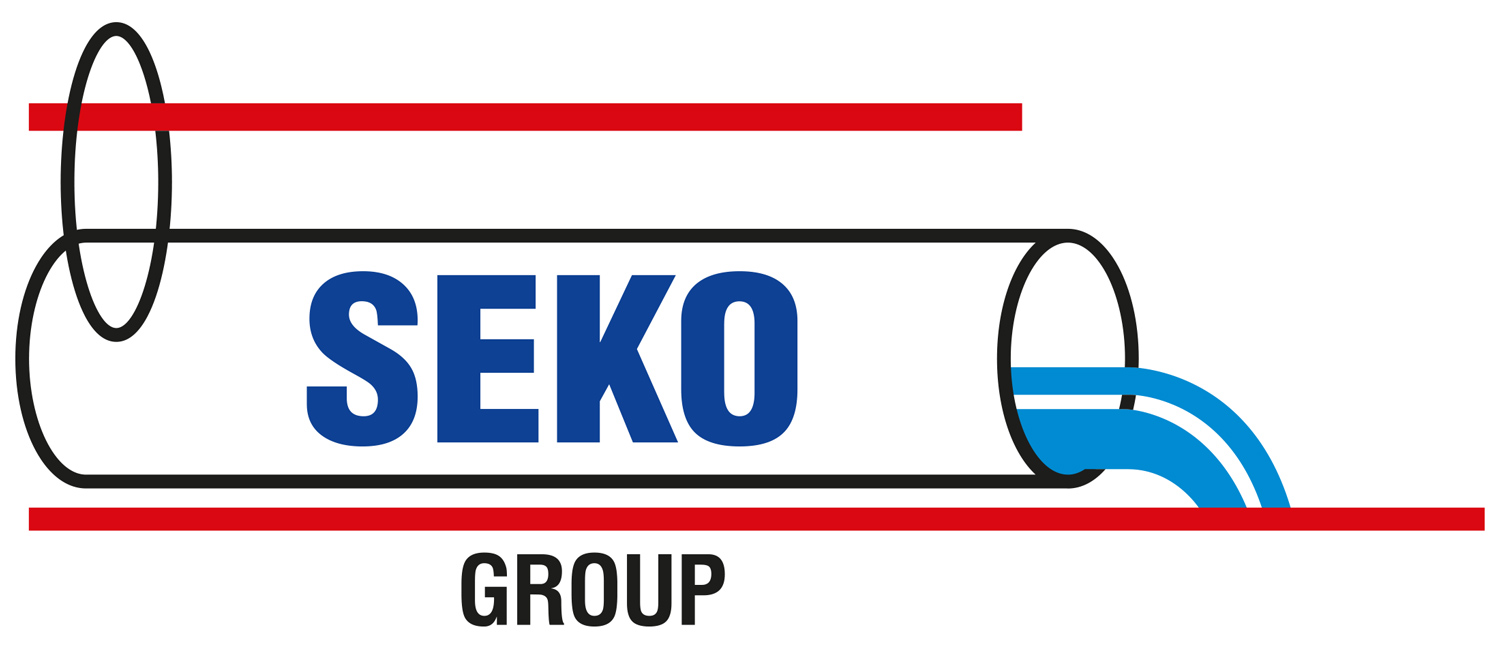OPEN SWIMMING POOL AND ITS DESIGN
Open-air swimming pools are among the most preferred pool types today. Their depths vary according to needs. In open-air swimming pools, water heating or cooling systems can be installed depending on different requirements. Depending on the intended use, saltwater, thermal water, or mains water can be used. Pool filtration, regardless of the characteristics of the water used, is the most important component of the pool. Pool shapes can be designed as overflow, hidden gutter, or skimmer types depending on the surrounding structures and architectural elements.
Pool filtration is necessary as pool water becomes polluted due to usage intensity and external factors. Hair, dandruff, textile particles, and cosmetics are left in the pool by users. Dust, soil, and other external elements entering the pool also accelerate pollution. This polluted water is drawn from the pool by a circulation pump and sent directly to the filters. Through quartz sand/glass particles inside the filters, the water is purified from harmful particles. After filtering, pool chemicals are applied to disinfect the water from microorganisms. The cleaned water is then returned to the pool. This process is called the filtration system. Pool disinfection systems separate particles through filtration. Special pool chemicals are used to clean microorganisms such as viruses, bacteria, fungi, and algae spores. These chemicals are applied based on the pool’s volume and usage intensity. Application can be done manually or through fully automatic measurement and dosing systems. Chlorine, pH adjusters, flocculants, and algaecides are considered pool chemicals. Additionally, salt electrolysis devices, ozone generators, and UV disinfection systems can be used to reduce chemical usage and increase pool hygiene.
INDOOR SWIMMING POOLS AND THEIR DESIGN
Indoor swimming pools are swimming pools used in housing complexes, residences, sports complexes, and hotels. For winter use, a water heating system is preferred. During the design phase, considering the possibility of intensive use, the filtration time should be kept shorter. Although there is no architectural or structural difference compared to outdoor swimming pools, heating the pool water ensures user satisfaction. The recommended water temperature for use should be between 26–28°C. The humidity in the indoor area and the odors of the disinfectant products used must be removed from the environment. In order to ensure comfort conditions, it is important to plan and use a good ventilation and dehumidification device.
Pool filtration: Pool water becomes contaminated depending on usage intensity and external factors. Hair, lint, dandruff, textile particles, and cosmetics are left in the pool by users. Elements such as dust and soil entering the pool from external factors also accelerate pool contamination. This contaminated water is drawn from the pool with a circulation pump and sent directly to the filters. The water is cleaned of harmful particles by quartz sand/glass particles inside the filters. Pool chemicals are applied to the water coming out of the filter to remove microorganisms. The cleaned water is sent back to the pool. This process is called the filtration system. Pool disinfection systems: The filtration system separates particles. Special pool chemicals are used to clean microorganisms such as viruses, bacteria, fungi, and algae spores. These pool chemicals are applied according to the volume of the pool and the intensity of use. They can be applied manually or through fully automatic measurement and dosing systems. Substances such as chlorine, pH regulators, flocculants, and algaecides are considered pool chemicals. In addition, salt electrolysis devices, ozone generators, and UV disinfection systems can be used to reduce chemical usage and increase pool hygiene.
CONSTRUCTION AND DESIGN OF DECORATIVE POOLS
Decorative pools are built to visually and aesthetically integrate with the architectural structure, using still or dynamically moving water in various forms and sizes.

